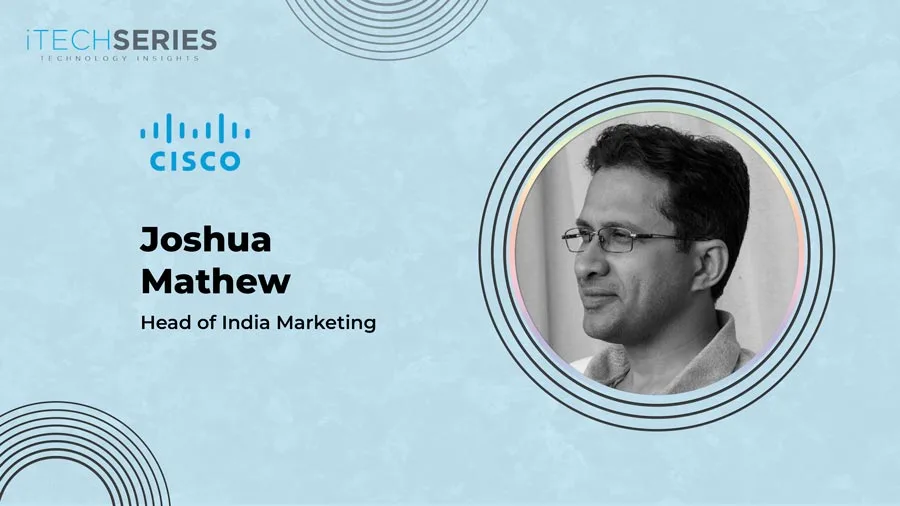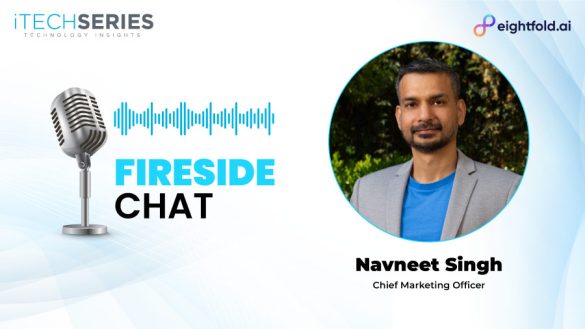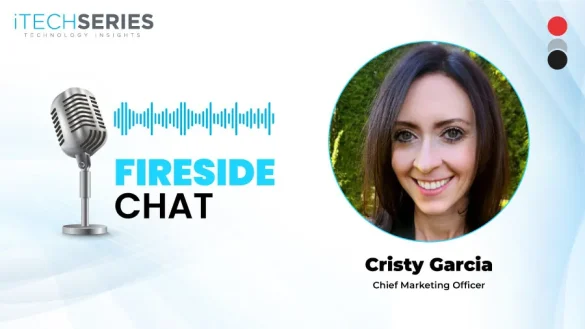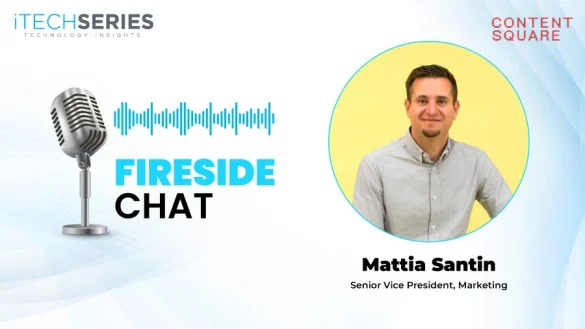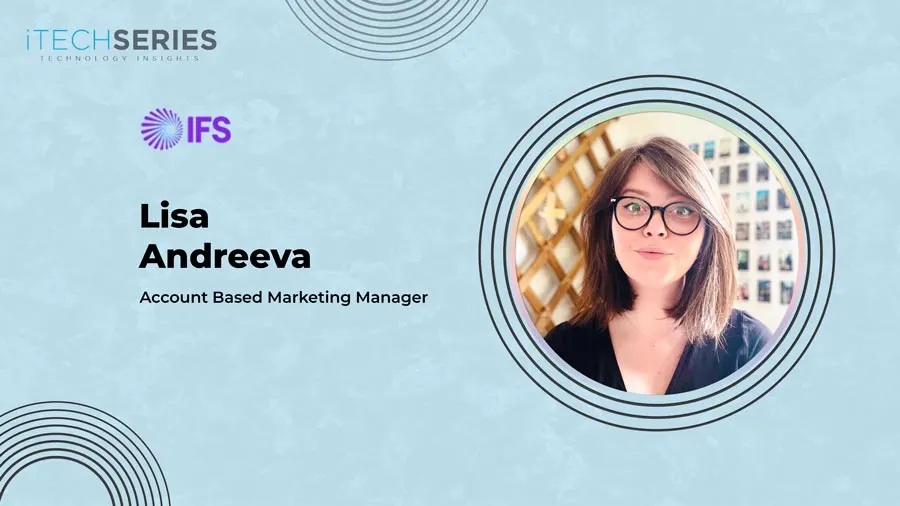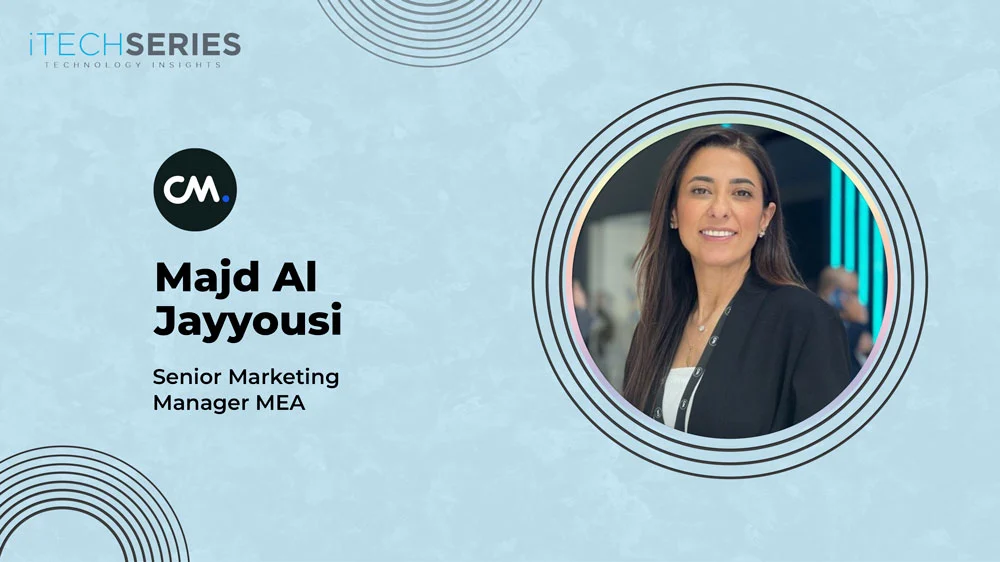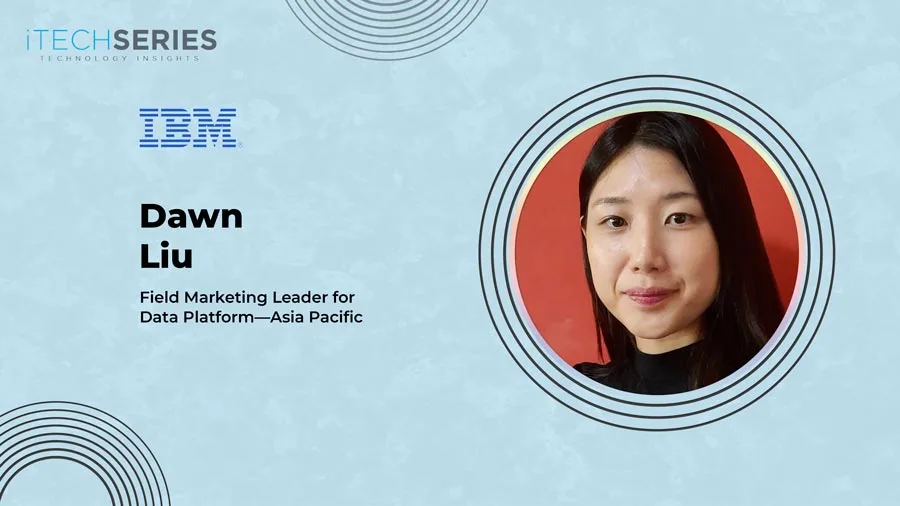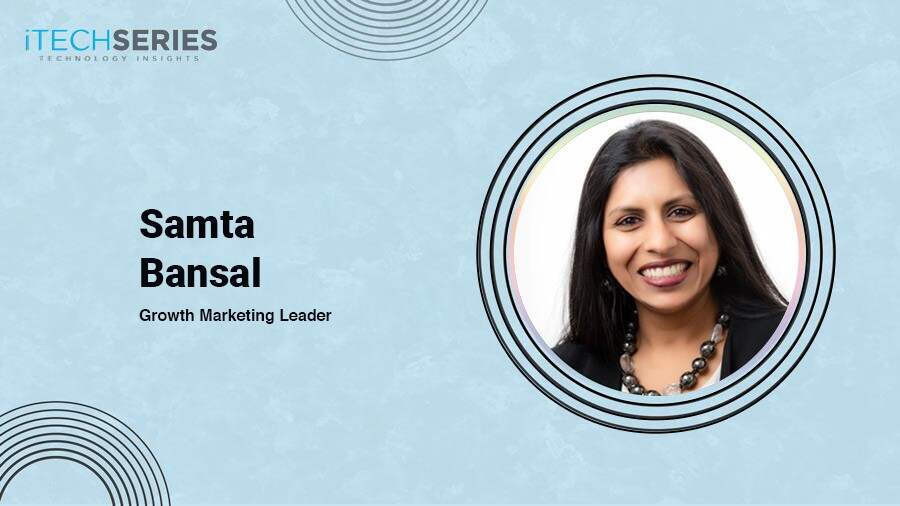Joshua Mathew, Head of Marketing at Cisco India, brings 18+ years of B2B marketing experience. He shares insights on balancing brand and demand, aligning sales and marketing through GTM collaboration, leveraging MarTech for ABM, and using AI to drive hyper-personalization—positioning marketing as a strategic force in today’s evolving B2B landscape.
Joshua, it’s a pleasure to have you in this interview. Could you tell us about yourself and your journey to becoming a marketing leader?
Hi, the pleasure is mine. If I could define my journey in one word, it would be fortuitous. After I started my degree, it didn’t take long for me to realize that I wasn’t cut out for engineering (no surprise that my professors at my college discovered that before I did!), and a degree in marketing seemed about the only thing that appeared interesting. I started my career with advertising (pure chance because jobs were hard to find when I graduated), and while I enjoyed that stint, I felt that I could contribute better if I had a marketing job that was not just about communication. The last 18 years have been in B2B marketing, and though not by choice, somewhere along the way, I’ve realized that this is where I belong. I’ve done roles as both manager and individual contributor, and part of my self-discovery was the joy I get when I encourage and lead teams to do their best to deliver business outcomes.
As a marketing leader, how do you strategically balance long-term brand-building efforts with immediate lead generation objectives?
This is a common challenge faced by most marketers, and perhaps the question is more relevant in B2B marketing, where buying cycles are long and complex and the pressure to demonstrate ROI is high. There are 3 factors that decide the balance. One is the maturity of the organization and the ability of business leaders to understand the value marketing delivers. Second is the budget. If one had an infinite budget, one could apportion a certain percentage to each of the two goals you asked. But that’s never the case. So, one has to find a middle ground, which is rarely middle. Based on the expectation from each segment of the business, investments can be planned, and the ROI can be demonstrated. For example, an investment made for the SMB segment will have a shorter window to demonstrate ROI (usually leads and pipeline). However, what is often not realized is that investment in brand-building will generate leads and vice versa. There are no true swim lanes as the end customer is a complex human being, and behavior and influence cannot be controlled.
What major shifts have you noticed in marketing’s role from a Go-To-Market (GTM) alignment perspective?
In the past, the biggest contention between sales and marketing (in B2B organizations) was the quality of leads. Marketing would give leads, and sales would never be happy (and the truth lay somewhere in between). Today, many organizations empower marketing with the responsibility to own/partner with inside sales or demand centres and thus be responsible for the pipeline, something that sales values.
I have been lucky to work with sales organizations where the GTM is a joint discussion with sales, with expectations clearly outlined. From running integrated campaigns to integration with CRM and tracking customer lifecycles, marketing has come a long way. And a lot of this has become possible because of advancements in MarTech. Omni-channel marketing and the ability to track customers across both physical and digital experiences provide insights that can be leveraged to build custom experiences and personalization like never before. All of this allows us to hyper-personalize our ABM strategy, which is now the new mantra that field marketers seem to be focused on.
How has B2B marketing evolved with the growing emphasis on personalization and data-driven approaches?
When there is new technology in the field of communication, marketers leverage it to reach their audience. However, unlike print, radio, and television, the internet was the first communication channel where customers would respond back, and marketers or advertisers used that feedback to fine-tune what and how they communicated. Retargeting is a great example. Cut to the present day, and customers now face a barrage of ads served online, and this can be quite chaotic, not to mention wasteful for advertisers. All this will change. Cookie deprecation and privacy laws will force marketers to think differently and focus on first-party data. It is just a matter of time before AI allows hyper-personalization at scale. And all of this will be tracked even though customer experiences are rarely linear and almost always multi-channel. But the real question is, when does personalization end and privacy begin? We will have to wait and see.
What role do storytelling and thought leadership play in enhancing customer engagement and brand loyalty?
The textbook definition of thought leadership is the way a brand creates a perception about its products or services beyond pushing the sale. But for a customer, every engagement with the brand adds (or diminishes) the perception about it. It’s only brands that differentiate a thought leadership activity from demand generation. My point is that every engagement tells a story, whether brands like it or not. So, it is imperative that the engagement is consistent and consistently good so that it builds customer preference and eventually loyalty.
“My point is that every engagement tells a story, whether brands like it or not. So, it is imperative that the engagement is consistent and consistently good so that it builds customer preference and eventually loyalty”
What was the most challenging, yet successful, marketing program that you led?
One of the hardest challenges for a brand is when it diversifies or adds products to its portfolio and expects the equity of the brand to drive sales. However, it’s hard to shake off the legacy associated with the original products. One of the organizations I worked with faced this problem, and we had to use a multi-pronged approach. Digital air cover was provided through a combination of paid (search, programmatic, and social), owned (website optimization, blogs, organic social, and amplification through employees), and earned (PR and partnerships). Our channel of distributors and partners did their part by amplifying the message, and they were supported by various promos for end customers. We had roadshows in major cities as well as tier 2 and 3 cities, creating inroads. The inside sales teams ran tele campaigns while the territory sales teams did technology days for our top accounts. Thus, while the onus was on marketing to create the change in perception, it was done with the help of peer teams as well.
How do you ensure that your team members are consistently aligned with and driven to achieve marketing goals?
In most of my roles, there are 2 marketing hats I have worn. One is to support the local (country) business through planning and execution, while the other is to follow global marketing guidelines and strategy. There are nuances for each, and success lies in the ability to maneuver the team to give their best while navigating two organizations that we belong to. The first step is to understand the vision for the marketing department and then break it down into executable steps for the team. All teams have members whose rate of adoption, enthusiasm, and skill vary, and true success lies in the ability of the manager to understand each employee and his/her motivation levels. Frequent communication—both for the team as well as at an individual level—is vital. The second step is encouragement and monitoring. Two sides of the same coin: regular check-ups on expected metrics and guidance on skilling themselves (both formal and informal) are needed to ensure that the team implements what is asked of them.
What excites you most about the next wave of AI-driven innovation in marketing and business growth?
AI will replace repetitive/clerical stuff that marketers do today and with far fewer errors, giving marketers time to focus on creatively telling a story. While Gen AI will provide faster creative and visual outcomes, skills like writing prompts to get desired results will become critical. Prediction is going to get better—from how customers are likely to respond to which accounts are likely to churn and what customers are likely to buy your brand, AI will bring efficiency into how marketers spend their money—possibly in real time. Customers demand hyper-personalization, and AI will help marketers make that happen.
About Joshua Mathew
Joshua Mathew, Head of Marketing at Cisco India, brings over 22 years of B2B marketing experience across the APJC region. He specializes in brand strategy, demand generation, partner marketing, and digital transformation. At Cisco, he leads the execution of data-driven, scalable marketing programs that align with business goals and fuel growth. Passionate about simplifying complex technologies into compelling value propositions, Joshua excels at aligning sales and marketing while navigating diverse regional markets.

